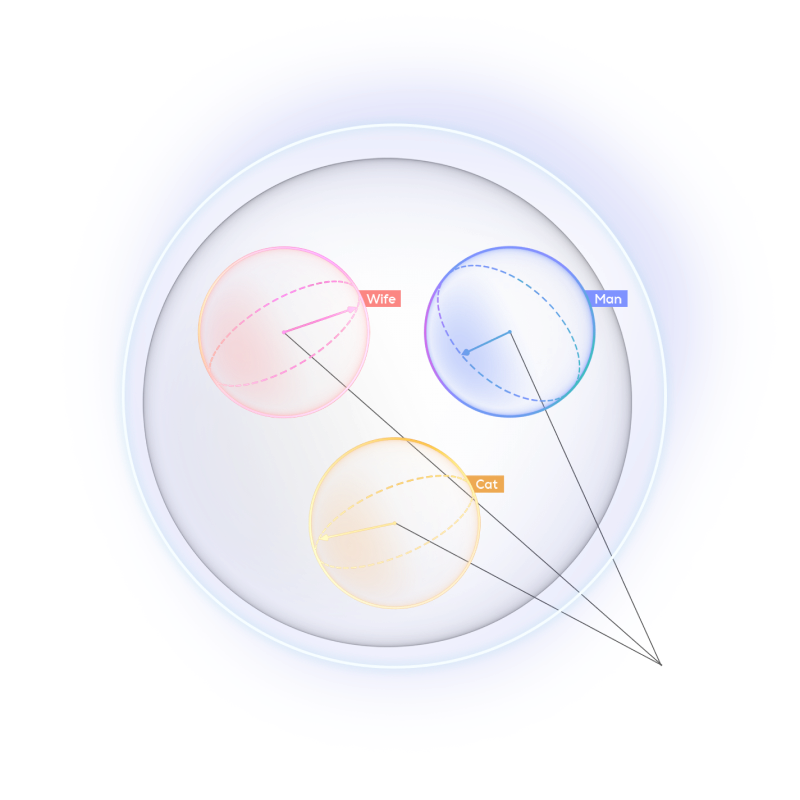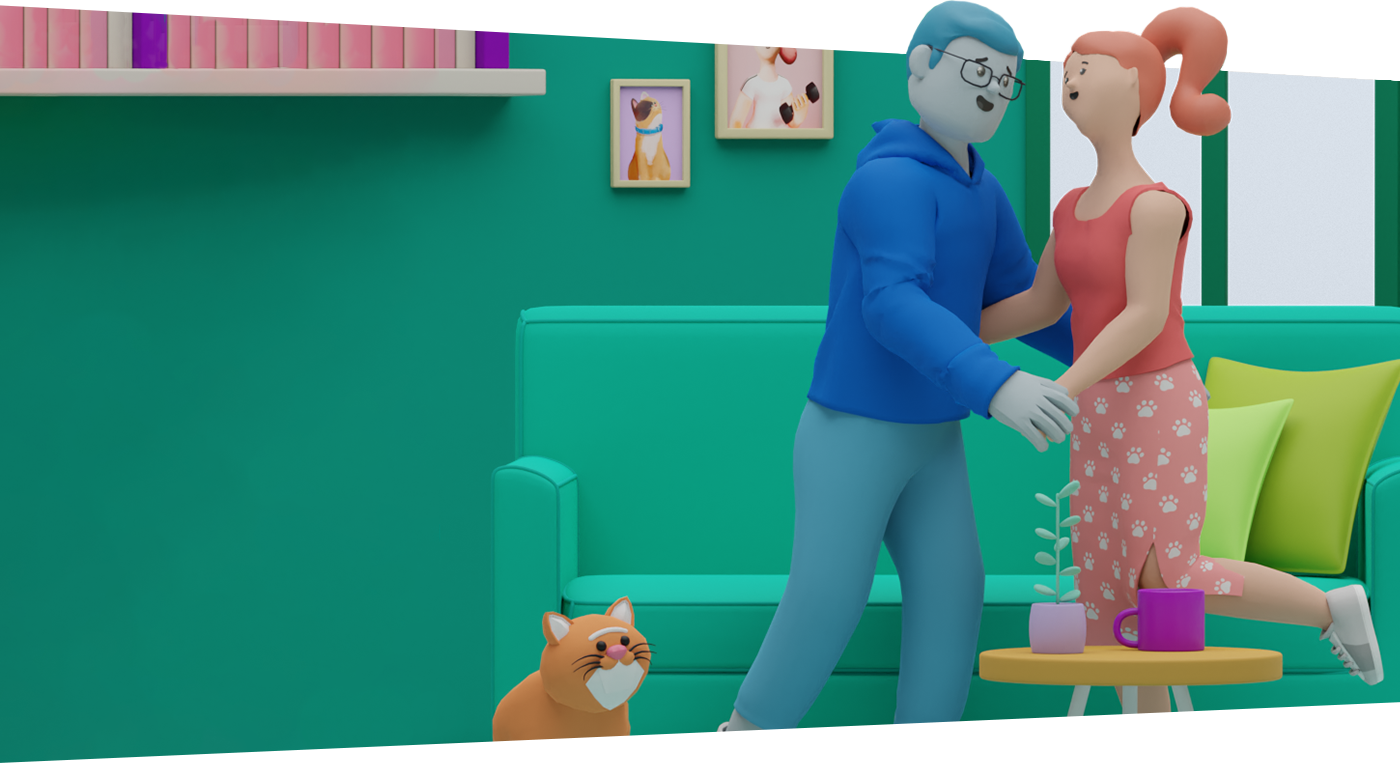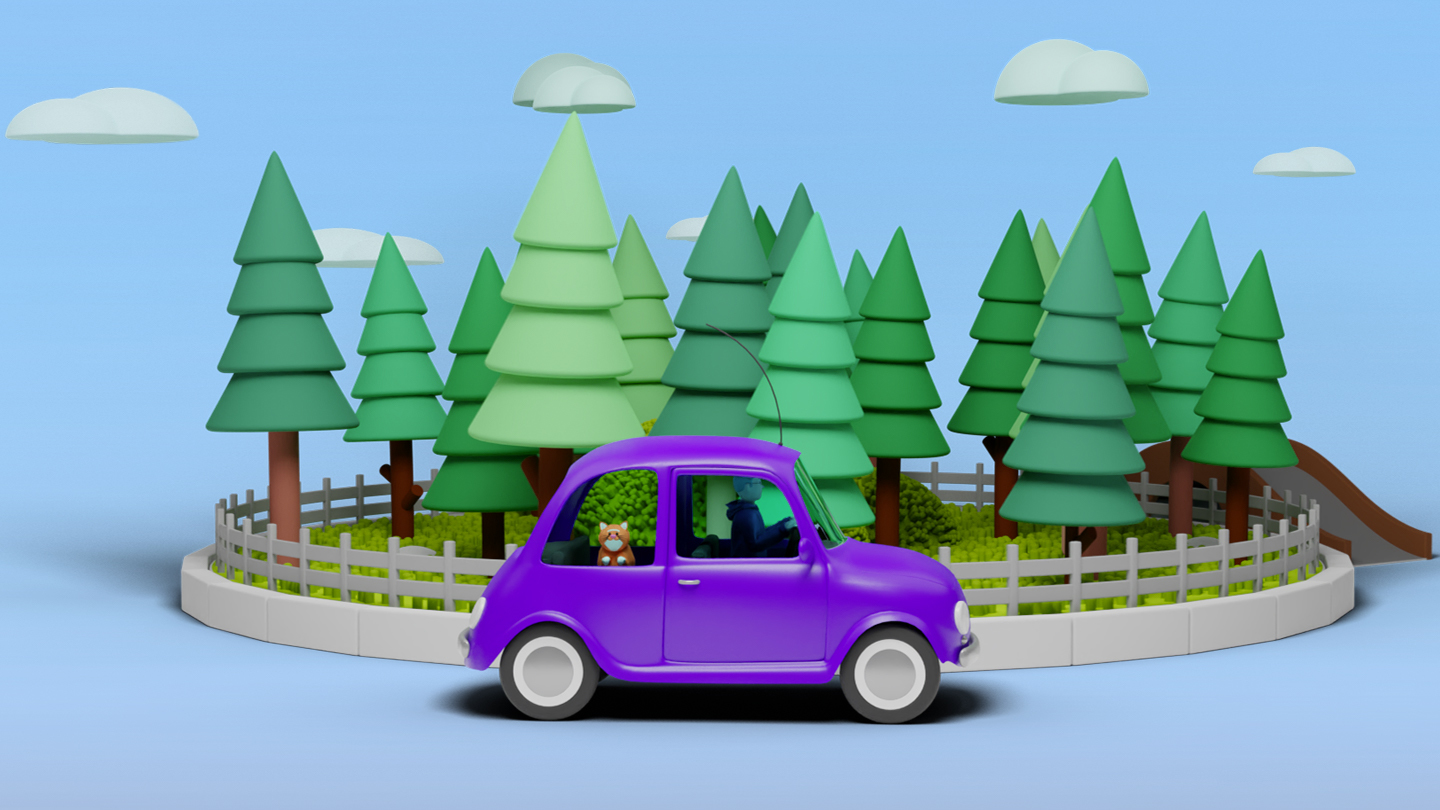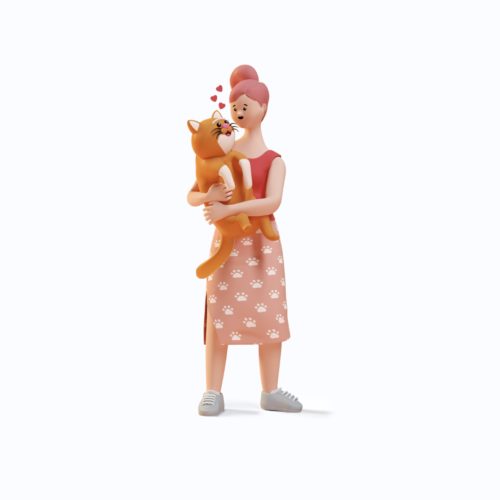AI Research Web Showcase
The world-renowned Fraunhofer Institute has asked us to showcase their exceptional expertise in Artificial Intelligence and Machine Learning research in a new way to help society, public authorities and businesses understand the complex topic of artificial intelligence and showcase the work of the Fraunhofer Institute on a global scale.
The Challenge
The problem with scientific work is often that it is difficult for outsiders to understand and is not very accessible. Especially in these days, users on the internet don't read through pages and pages of reports to understand everything. So we had to find a way to make the work of the institute both understandable and presented in a way that would arouse curiosity and be easy to understand.

How can AI understand humor?
Together with the institute's experts, we worked through the various research papers and identified possible projects for a showcase. In particular, their paper on humor and the difficulty of teaching that to machines caught our eye.
Showcase for current AI research
As funny as this may sound, as demanding as it was to dive into the topic and fully understand all of its aspects. That’s why we worked closely with ML2R scientists to gain a better understanding of the science behind it and how we can eventually visualize their findings in an easy-to-understand way.
Access through Storytelling
We set out to make the scientific content accessible to a broad clientele. So we decided to create an interactive web experience that strives to present the topic around the AI study in a comprehensible way using a story centered around a joke itself - all while still providing sufficiently detailed information.
Custom-made Cartoon
The best way to explain the research of "how to teach AI humor" is, of course, by starting with a joke. We created a 3D animated custom cartoon video based on an annoyed cat-owner who desperately tries to abandon his pet but fails every time. The joke itself has been set up with the perfect structure to explain how AI understands humor.

Structure of jokes
A timeline along the joke highlights the important variables of how to actually understand the joke. From Vector representation to Sphere embedding and subspaces all the way to topological relations and dynamic behavior.
Scientific information graphs
To illustrate each aspect in an exciting way while still maintaining the scientific character of the experience, we used spatial representation of the gained data. We transformed the Venn diagram - a rotating ball representing the semantics of humor - into the digital space, making them discoverable for the users.
WebGL
Developed in WebGL, users are able to dive into the various aspects of the study by clicking - or tapping as the experience is also optimized for mobile use. By offering a basic and expert mode, we additionally made sure that the experience appeals to different target groups, each with a different knowledge of the topic.
Is it fun?
AI4Jokes has been successfully integrated in the web appearance of the Fraunhofer Institute and is available in German as well as English.










